Conclave: 5-minute guide to electing the next pope
The process of electing a new pope, which involves 135 cardinals cut off from the outside world, will soon begin. Here’s everything you need to know.
Europe
Don't miss out on the headlines from Europe. Followed categories will be added to My News.
A week after the world farewelled Pope Francis, attention has turned to who will become the 267th head of the Catholic Church.
Here, we look inside the papal conclave which starts on Wednesday, explore what happens in the room, who’ll be there, and how long the process will take?
WHEN DOES THE CONCLAVE BEGIN?
The process of electing a new pope usually begins between 15 and 20 days after the pontiff’s death. It is the camerlengo, a cardinal selected by the pope, who is tasked with organising the Conclave election process. The current camerlengo is Cardinal Kevin Farrell, an Irish-born American Catholic prelate who has held the position since 2019. The papal conclave has been set for Wednesday, May 7, when the cardinals will meet for morning Mass at St. Peter’s Basilica.
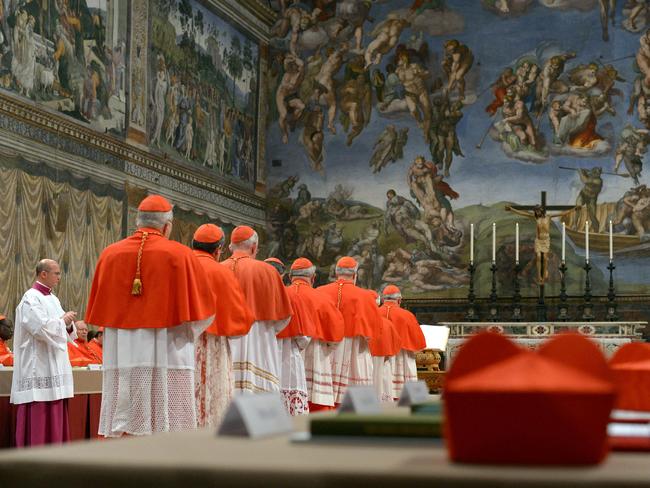
HOW DOES THE CONCLAVE WORK?
To begin the Conclave process, Cardinals in the conclave will be locked away within the Vatican, and cut off from the outside world. On the first day, there is a special morning mass, after which the 135 cardinals of voting age would gather inside the iconic Sistine Chapel – where all papal conclaves have been held since 1858. (There are more than 250 cardinals in total but those over the age of 80 are excluded from voting).
Votes are taken each day, morning and afternoon, until a candidate wins a two-thirds majority. There is a day’s break for prayer and reflection after every seven ballots.
After each round of voting, the ballot cards are burned. Chemicals are added to make the smoke black or white. Black smoke emerging from the 60ft chimney indicates an inconclusive ballot; white smoke announces to the world that a new pope has been elected.
HOW LONG DOES THE PROCESS TAKE?
Modern papal conclaves typically last two-three days, although they can take longer. The conclave that elected Francis in 2013 took just over 24 hours while the longest papal conclave in recent history was 1922, when the cardinals took five days to choose their new leader.
In the past, conclaves could extend for weeks or even months, with one lasting two years and nine months. However, since 1900, all conclaves have been under four days.
WHO ARE THE FRONTRUNNERS?
A group of cardinals are now seen as frontrunners to replace Pope Francis, but who are they?
Pietro Parolin: The Italian Parolin is seen as a moderate “continuity candidate”, and has been the Vatican’s secretary of state since 2013, playing a key role in diplomatic affairs, including delicate negotiations with China and governments in the Middle East. Cardinal Parolin was also close to Francis.
Luis Antonio Tagle: Also in Francis’ inner circle, Cardinal Luis Antonio Tagle is a popular figure at the Vatican, and known for his engagement with the public and his work in the Philippines. The liberal Tagle would make history as the first Asian pope.
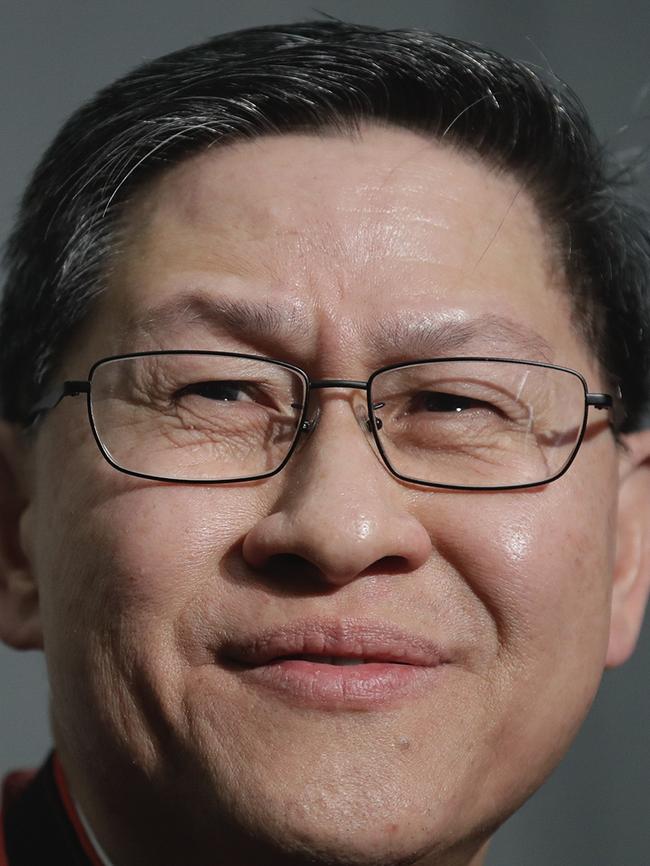

Peter Turkson: Hailing from Ghana, Cardinal Turkson would be the first Black pope in centuries. He has been vocal on issues such as the climate crisis, poverty and economic justice while affirming the church’s traditional positions on the priesthood, marriage between a man and a woman, and LGBTQ+ issues. However, his views on the latter have loosened and he has argued that laws in many African countries are too harsh. He has spoken out on corruption and human rights.
Peter Erdo: A leading conservative candidate, the Hungarian Erdo has been a strong advocate for traditional Catholic teachings and doctrine. He would represent a big shift away from Francis’s approach. He is widely regarded as a great intellect and a man of culture. Erdő was a favourite of the late Australian cardinal George Pell who believed he would restore the rule of law in the post-Francis Vatican.
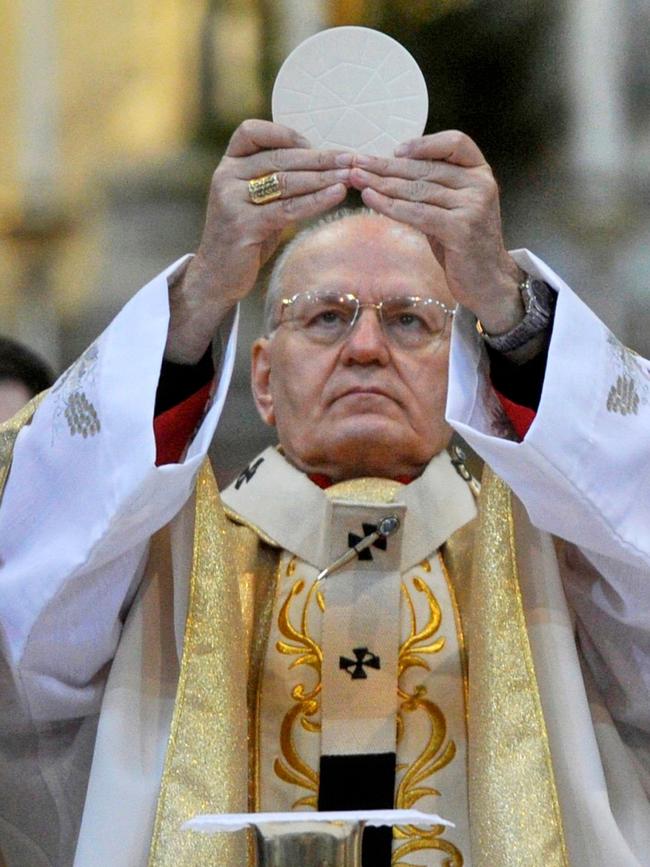
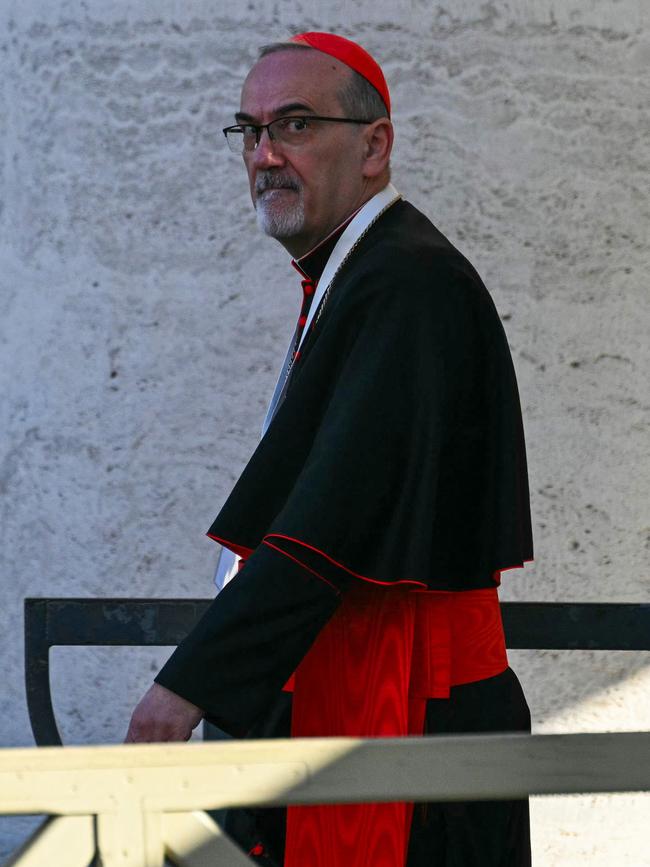
Pierbattista Pizzaballa: Italian Cardinal Pizzaballa has lived in Jerusalem for three decades and has gained recognition for his leadership during the Israel-Hamas war and his expertise in the volatile region, which is seen as a big plus.
Matteo Zuppi: Cardinal Zuppi is the president of the Italian Bishops Conference and is known for his diplomatic efforts. Zuppi is considered to be on the progressive wing of the church, and would be expected to continue Francis’s legacy, sharing the late pope’s concern for the poor and marginalized and has progressive views on same-sex relationships. In 2023, Francis made him the Vatican peace envoy for Ukraine, in which capacity he visited Moscow to “encourage gestures of humanity”.
Robert Sarah: From Guinea, Cardinal Sarah could – like Turkson – become the first Black pope in centuries. A vocal conservative and considered the “anti-Francis”, Sarah is known for his hardline conservative opinions on various issues, including “gender ideology”, Muslim extremism, and LGBTQ+ rights.
IS THERE A LOT OF BACKROOM WRANGLING?
The short answer is, yes. If you’ve seen the brilliant 2024 papal thriller, Conclave, you’ll discover it’s a bit of art imitating life. Factions, political manoeuvring and agendas run riot. While the conclave is governed by specific rules and rituals, including a vow of secrecy, it is not a completely apolitical process. Cardinals engage in discussions and manoeuvring to influence the selection of the next pope.
Predicting the outcome of the highly secretive papal conclave is near impossible as cardinals’ positions often change over successive votes and some try to influence others to get their most favoured – or least-favoured – candidates across the line. In 2013, Francis, born Jorge Mario Bergoglio, few predicted he’d come out on top (he was ranked as low as 40th on some bookmakers’ lists).
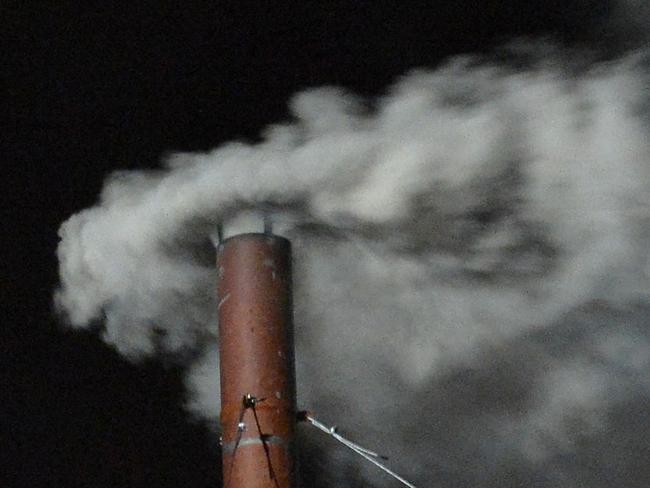
WHAT HAPPENS WHEN A NEW POPE IS ELECTED?
After the election of the new pope has been signalled by white smoke rising from the Sistine Chapel chimney, there will be a minor delay before his identity is revealed to the world.
Once one candidate has attained the required majority, he is then asked: “Do you accept your canonical election as Supreme Pontiff?”
Having given his consent, the new pope is asked: “By what name do you wish to be called?”
After he has chosen a name, the other cardinals then approach the new pope to make an act of homage and obedience.
The new pope also has to be fitted into his new robes. The papal tailor will have prepared garments to dress a pope of any size – small, medium or large – but some last-minute adjustments may be required.
(Rome’s Gammarelli tailors traditionally prepare the vestments for the new pope – but say this time the Vatican will use cassocks from previous elections, in what may be a homage to the environmentally conscious Pope Francis.)
Then, from the balcony of St Peter’s Basilica, the traditional announcement will echo around the square: “Annuntio vobis gaudium magnum … habemus papam!” – “I announce to you a great joy … we have a pope!”
His name is then revealed, and the newly-elected pontiff will make his first public appearance.
After saying a few words, the pope will give the traditional blessing of Urbi et Orbi – “to the city and the world” – and a new pontificate will have begun.
More Coverage
Originally published as Conclave: 5-minute guide to electing the next pope




